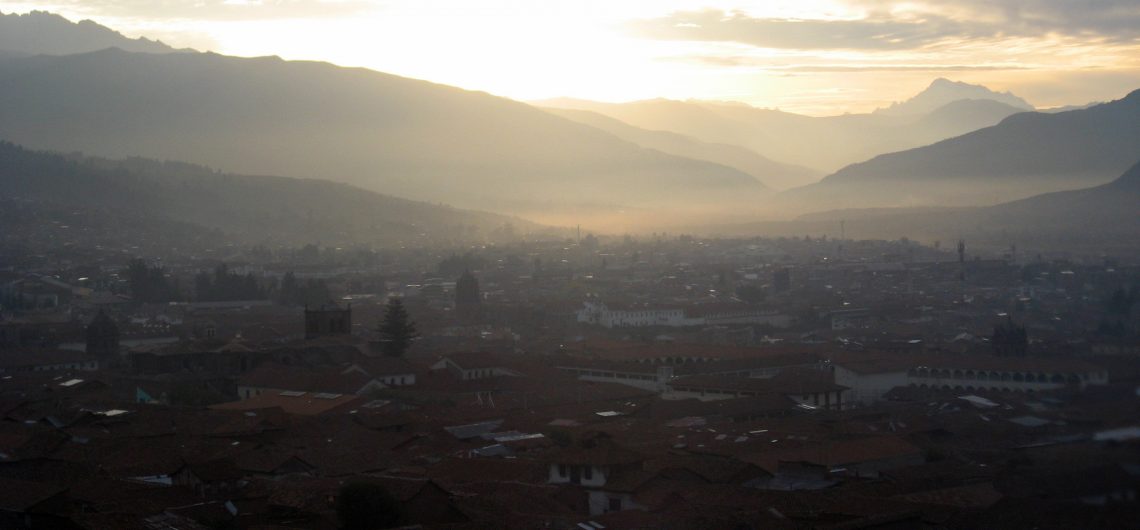The Question: Did Inca royalty really marry their sisters? The Answer: The short answer is, yes, it is true that in late times of the Inca Empire, Inca royalty did marry their sisters. The long answer and the reasoning for this incest is very much disputed and, even more so,…
Pisac Ruins Pisac ruins is one of the highlights of the Sacred Valley. The Inca site of Pisac is well-known for agricultural terracing, which sweeps around the south and east flanks of the mountain in vast, graceful curves, almost unbroken by steps. A fortress city The Pisac ruins, the largest fortress city…
The Chan-Chan archaeological site is a highlight of Peru’s Moche Route,. The complex was the capital of the Chimú civilization from AD 900 to 1400. Located about 5 kilometers (about 3 miles) west of Trujillo, it was built around AD 1300 and covers about 28 square kilometers (11 square miles),…
Much like Tutankhamen in Egypt, the Lord of Sipan was a mummy discovered with immense quantities of precious metals and stones in his tomb. Sipán, in the Lambayeque valley in Peru, is famed for its rich tombs revealed by archaeologists. The Lord of Sipan’s tomb – discovered in 1987 – is…
Aracari’s Weekly Insight Coca has been consumed by natives of the Andes for thousands of years, estimates range from anywhere between 4000 and 8000 years, since the area was first inhabited. The leaves can be brewed into a beverage with hot water, though the most common form of consumption is…
The City of Cusco Cusco is a welcoming, captivating city. Rustic nostalgia fills its narrow streets, as colonial buildings stand in stark contrast to the Inca walls. Urban explorers can saunter through the myriad of shops and examine the rich heritage of Cusco’s crafts workshops and markets. In 1533, Francisco Pizarro and…

